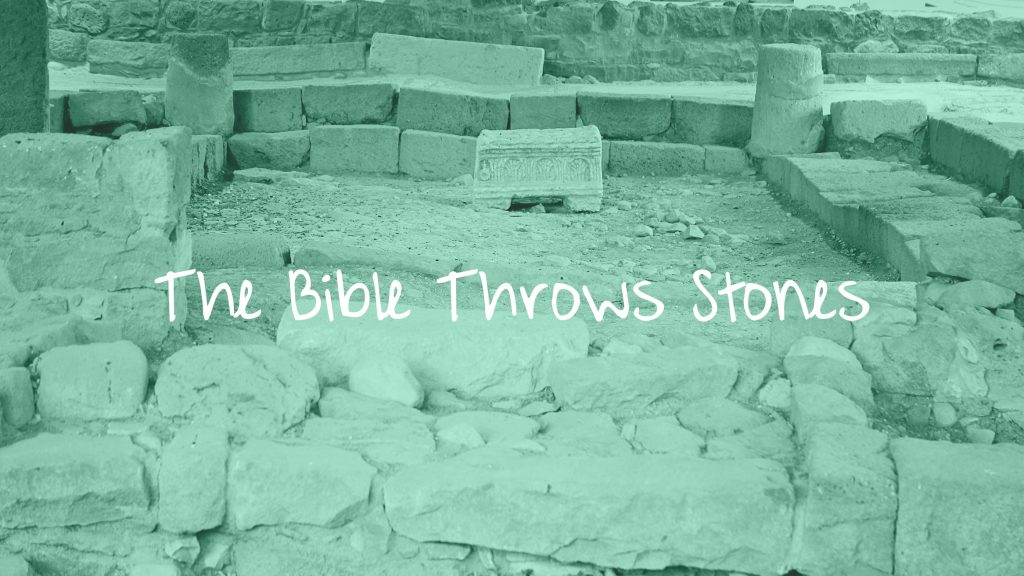|
Getting your Trinity Audio player ready...
|
If anyone takes away from the words of the book of this prophecy, God will take away his share in the tree of life and in the holy city, which are described in this book (Revelation 22:19, ESV).
From the time that I began following Jesus, I’ve listened to people dismiss the Bible as inaccurate and filled with myths. I’ve even heard pastors say the Bible has inspiring stories that aren’t actual history.
When I was in Bible college, I read this quote by Rabbi Dr. Nelson Glueck . . .
It may be stated categorically that no archaeological discovery has ever controverted a Biblical reference.
An amazing statement, given that the Bible was written over a period of about 2000 years. There are about 350 cities mentioned in the Bible, about 60 nations listed in the Old Testament, and about 60 towns and cities described in the New Testament.
Certainly, if the Bible is myth, then its history will be a sham. But is the Bible reliable with its geographic mentions?
Not all of these nations and cities in Scripture have been found, and critics have taken this opportunity to dismiss the Bible as historically inaccurate. They say, “Where is Sodom and Gomorrah, Ur of Chaldees, or the Pool of Siloam? If the Bible is accurate, there should be some sort of evidence.”
Then the places are found. Do the critics shut up? No, they complain instead with a statement like, “The New Testament describes synagogues, and not one has been found.”
Now two synagogues have been found in one city — Magdala — home of Mary of Magdalene. And yes, scoffers also questioned the integrity of the Bible because Magdala hadn’t been found.
Magdala has now been found, I visited the site myself, on the shore of the Sea of Galilee, and it has not one but two synagogues. Do the skeptics admit defeat? No, they keep questioning, but archeologists keep finding.
I say this politely, but, “Critics, go jump in the Sea of Galilee!”
Today if you visit Israel, you can visit the home of the Apostle Peter in Capernaum, the actual childhood home of Jesus in Nazareth, see the Pool of Siloam where Jesus healed a blind man, and in a sort of Biblical-historicity-one-upmanship-to-doubters, stand on the exact paving stones where Jesus stood while being judged by Pilate.
A point needs to be made about the end times.
The Bible teaches that the signs of Jesus’s return will increase dramatically just before the rapture. Eric Metaxas writes in his book, Is Atheism Dead?, discussing the archeological finds in Israel, that there have been so many recent finds that . . .
To Biblical skeptics, the whole thing must seem like an irritating conspiracy.
Let’s conclude this matter with the conversations between Jesus and critical Pharisees . . .
But some of the Pharisees among the crowd said, “Teacher, rebuke your followers for saying things like that!” He replied, “If they kept quiet, the stones along the road would burst into cheers!” (Luke 19:39-40, NLT)
History, archeology, and the Bible are throwing stones today – more and more, louder and louder! I believe the increasing archeological finds are evidence of the second coming. God is giving us reason to believe and not doubt.
Jesus will soon return. Don’t get hit with the stones.

